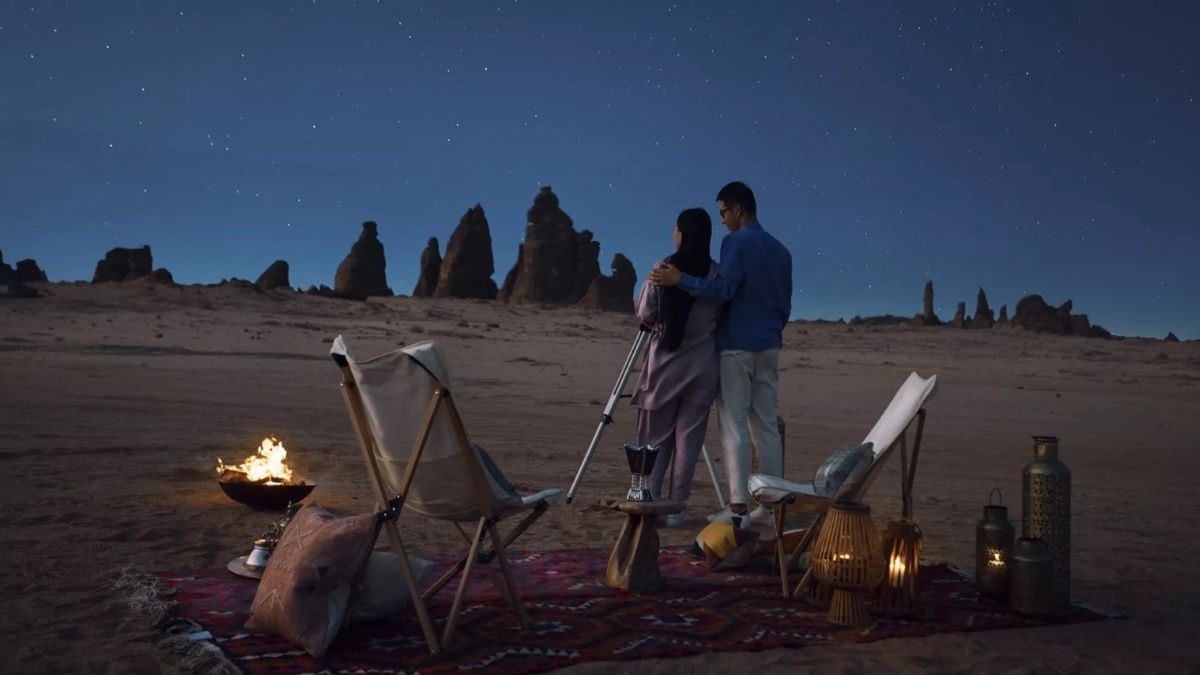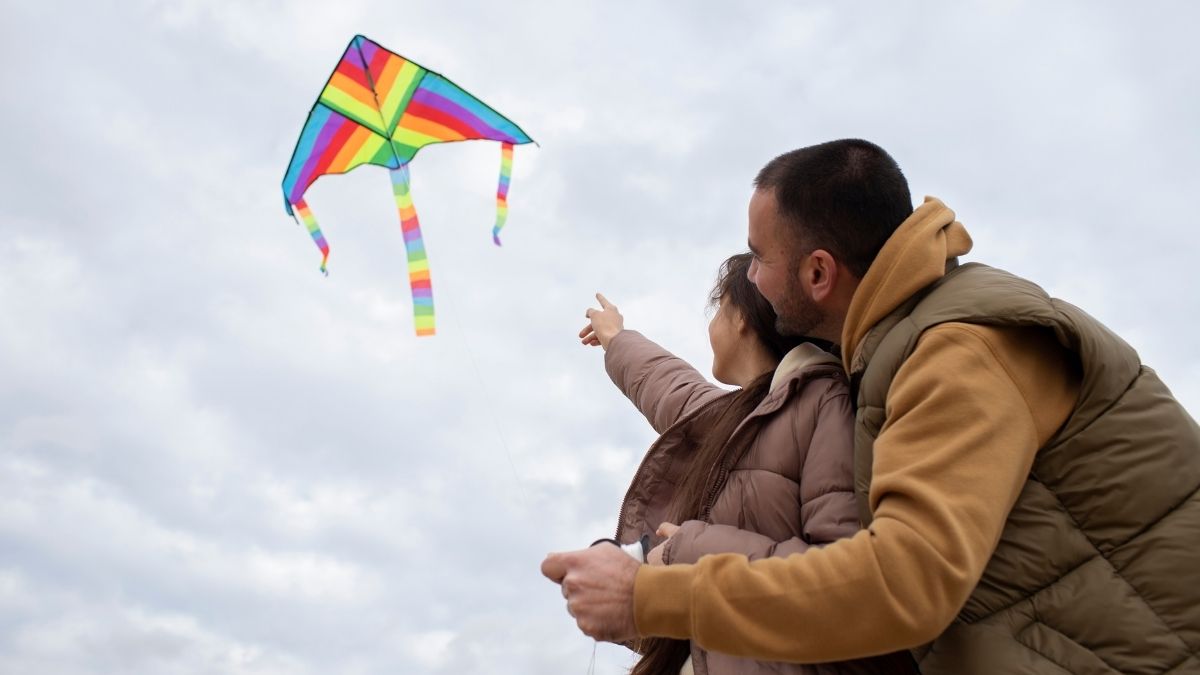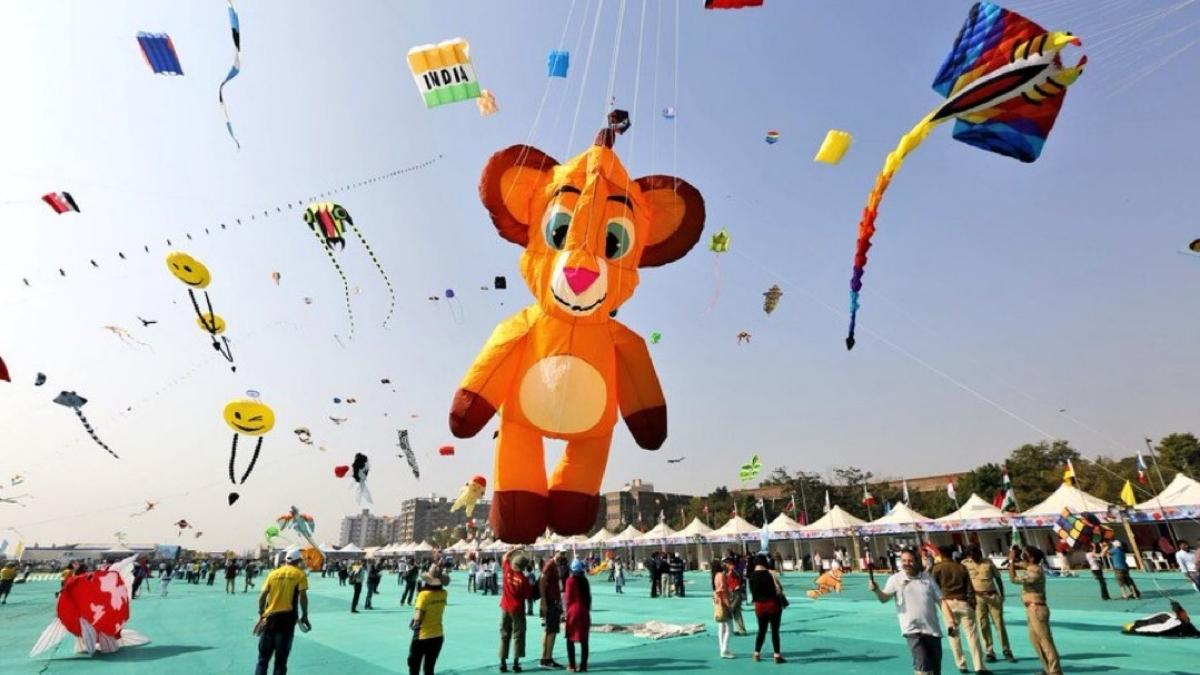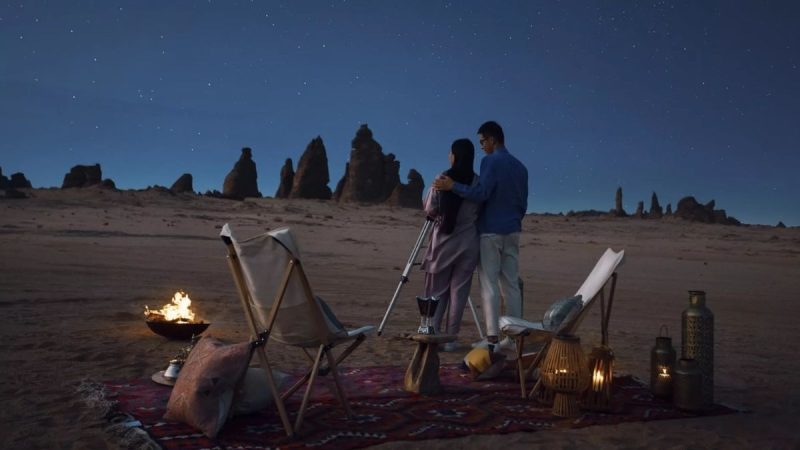Every now and then, the desert sky puts on a show that makes you stop and realise just how tiny we are in the universe. That’s exactly what unfolded over Saudi Arabia’s AlUla Governorate, when a photograph from the region was picked up by NASA as its “Astronomy Picture of the Day.” Taken on 25 August, the image caught a meteor shooting past the Pleiades star cluster, leaving behind a striking green trail in a long exposure.
Saudi Arabia’s AlUla Makes Global Headlines With NASA’s Astronomy Picture Of The Day
اختارت ناسا أول صورة ملتقطة من العُلا كـصورة اليوم الفلكية 🌌
الشهاب والعنقود النجمي تُظهر روعة الثريا تحت سماء العُلا المعتمدة كـ Dark Sky، لتضع العُلا على الخريطة العالمية للتصوير الفلكي والاكتشافات السماوية.
مبروك للمبدعين يـوسف القاسمي @alqasmyi و عيسى الجسمي @eaqj! pic.twitter.com/bQDonHUZmG
— Experience AlUla (@ExperienceAlUla) August 28, 2025
It might look like an ordinary starry night for some, but space lovers will tell you this was a rare catch. The one-hour exposure revealed more than just the cluster’s bright blue stars – it also documented the faint dust that reflects their glow. And then, as if on cue, a fast-moving meteor left its mark, producing that striking emerald streak. It wasn’t staged; it was pure cosmic timing.
For AlUla, it’s not just about the picture. It’s the fact that this is the first time NASA has featured an image from the region. That milestone puts the Saudi governorate on the map for reasons far beyond its sandstone tombs and desert landscapes.
A Meteor Over AlUla’s Timeless Skies
The photograph was taken between Hegra, Saudi Arabia’s first UNESCO World Heritage Site, and the wild, otherworldly Gharameel Nature Reserve. Both sites proudly hold the prestigious Dark Sky designation from DarkSky International, the only ones in the Gulf to earn that honour. It’s no wonder AlUla ranks in the top five per cent of stargazing spots worldwide, a fact that keeps astro-photographers, amateur skywatchers, and even curious travellers coming back for more..
The recognition didn’t happen by chance either. Organisations like Manarat AlUla have worked deliberately to protect the pristine skies. Their efforts go hand in hand with the region’s push to position itself as a leader in astro-tourism. And in practice, it’s working. NASA’s nod is exactly the sort of validation that fuels curiosity, conversation, and, eventually, tourism.
NASA’s Take and What It Means for AlUla
NASA credited the work to photographers Yousif Alqasimi and Essa Al Jasmi, who probably didn’t expect their late-night shoot to end up on one of the world’s most followed astronomy platforms. Accompanying the image, NASA explained how long exposures often pick up unwanted elements, satellites, planes, even the odd insect buzzing by. But every so often, the unexpected turns out to be the real treasure. That was the case here: a lucky, fleeting meteor caught mid-frame, adding drama to an already spectacular cluster.
Also Read: The Much-Awaited Dates For AlUla Wellness Festival Are Finally Out & We Are Here With Deets
A Region Built For Stargazing
For Saudi Arabia, the symbolism runs deeper. Officials have pointed out that such recognition boosts AlUla’s reputation as a global destination where science and tourism meet. After all, travellers these days aren’t just chasing beaches and malls. They want experiences that feel extraordinary, even transformative. And few things compare to standing under a desert sky that looks almost untouched by modern life.
Cover Image Courtesy: ExperienceAlUla/Website
For more such snackable content, interesting discoveries and the latest updates on food, travel and experiences in your city, download the Curly Tales App. Download HERE.First Published: August 29, 2025 1:22 PM





